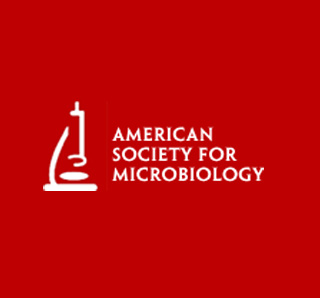
Recent studies report that household dust may be a source of diverse and abundant bacteria. Despite such studies, the category of household bacteria remains unexplored. The study which conducted tests on the samples of collected household dust showed that bacterial concentration depended on the presence of dogs and cats. The concentration also was influenced by the fact that whether children attend day care or not.
Moreover, the samples collected were from homes of infants, who either have pets or don’t and with varied day care timings. These samples showed that differences in dust bacteria were linked with asthma development in children.
The scientists explain that, “These results provide the first evidence that the dominant bacterial populations in household dust are significantly influenced by environmental variables such as domestic animals and day care attendance. Further, the dominant bacterial populations are significantly correlated to asthma-related outcomes, supporting the hypothesis that the types of microorganisms present in homes in early life may play key roles in the development of childhood asthma.â€
Asthma has seemingly shown a rise in the last decade. Certain scientists feel that this increase is due to a change in the immune response generated by the exposure to evolving microbial communities. Farms and day care centers have high levels of asthma precautions due to the high levels of microbial exposure. Actions that apparently reduce the amount of bacteria at home may consequently increase allergies.
The studies state that the changes in immune response may be due to the differences in the exposure to microbial communities in the industrialized world. This alteration has in turn enhanced the susceptibility to autoimmune and allergic diseases.
The study has been published in the April 2010 issue of the journal Applied and Environmental Microbiology.
